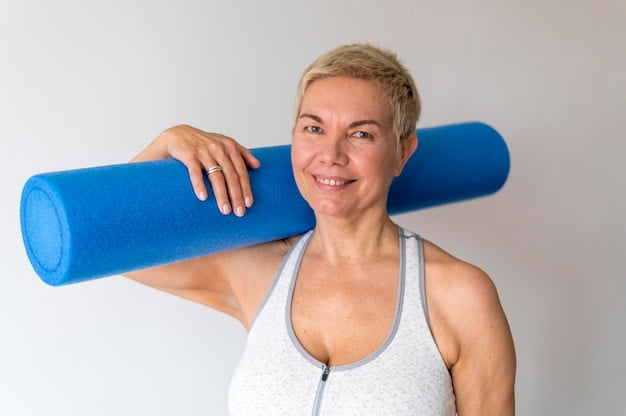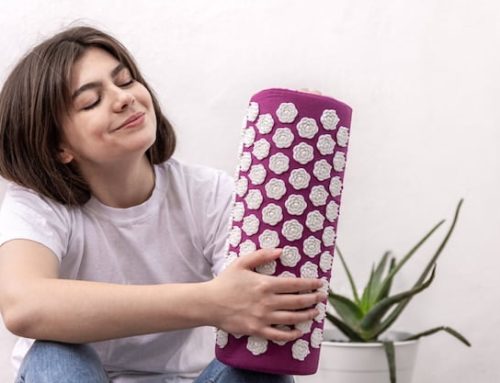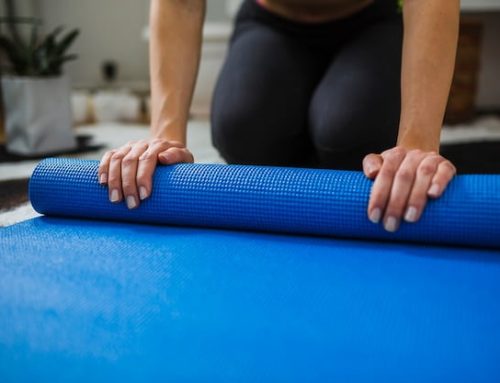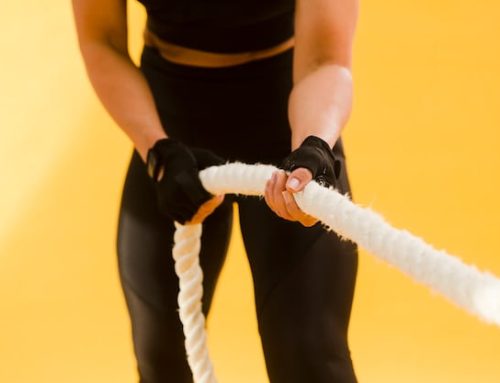Introduction
Foam rolling is a self-myofascial release technique that has become increasingly popular among fitness enthusiasts and athletes. It involves using a foam roller to apply pressure to specific areas of the body, with the aim of releasing tension and improving mobility. One area of the body where foam rolling is commonly used is the glutes, which are a group of muscles that play a crucial role in hip extension and stabilization. In this article, we will explore the question of whether foam rolling can help tight glutes, and if so, how it works.
The Benefits of Foam Rolling
Before we dive into the question of foam rolling and tight glutes, it’s worth reviewing some of the benefits of foam rolling in general. Here are some of the key advantages of incorporating foam rolling into your fitness routine:
| Benefit | Description |
|---|---|
| Improved range of motion | By releasing muscle tension, foam rolling can help increase flexibility and joint mobility. |
| Reduced soreness | Foam rolling can help reduce muscle soreness and stiffness, especially after a tough workout. |
| Pain relief | By activating the parasympathetic nervous system, foam rolling can help alleviate pain and promote relaxation. |
The Anatomy of the Glutes
To understand how foam rolling can help tight glutes, it’s important to first understand the anatomy of the gluteal muscles. The glutes are a group of three muscles: the gluteus maximus, gluteus medius, and gluteus minimus. These muscles are responsible for a number of key movements, including hip extension, abduction, and external rotation.
When the glutes are tight or restricted, it can lead to a number of issues, including reduced mobility, decreased athletic performance, and increased risk of injury. This is why releasing tension in the glutes is important for anyone who wants to maintain optimal physical health.
The Science Behind Foam Rolling and Glutes
So, how exactly does foam rolling help tight glutes? The answer lies in the concept of self-myofascial release, which is the process of applying pressure to trigger points in the muscle tissue to release tension and improve mobility. When you use a foam roller on your glutes, you’re essentially applying pressure to the fascia that surrounds the muscle fibers, causing it to loosen and relax.
Research has shown that foam rolling can be an effective tool for improving flexibility and reducing muscle soreness. One study published in the Journal of Athletic Training found that foam rolling can help increase range of motion and reduce muscle soreness after exercise. Another study published in the International Journal of Sports Physical Therapy found that foam rolling can help improve joint mobility in the hip and knee.
How to Foam Roll Your Glutes
Now that we know why foam rolling can be beneficial for tight glutes, let’s take a look at how to properly foam roll this area of the body. Here are the steps to follow:
- Start by sitting on the foam roller with your hands behind you for support.
- Cross one leg over the opposite knee and lean to the side of the crossed leg.
- Roll back and forth over the glute muscles, focusing on any areas of tension or discomfort.
- Switch sides and repeat the process on the other glute.
It’s important to note that foam rolling should be done in conjunction with a comprehensive strength and conditioning program. While foam rolling can help release tension and improve mobility, it’s not a replacement for proper strength training and injury prevention measures.
Conclusion
In conclusion, foam rolling can be a helpful tool for anyone looking to release tension in the glutes and improve overall mobility. By using a foam roller to apply pressure to the fascia surrounding the gluteal muscles, you can help release tension and improve range of motion. However, it’s important to remember that foam rolling should be done in conjunction with proper strength training and injury prevention measures for optimal results. If you’re experiencing persistent pain or discomfort in your glutes, it’s always a good idea to consult a medical professional to rule out any underlying conditions.






